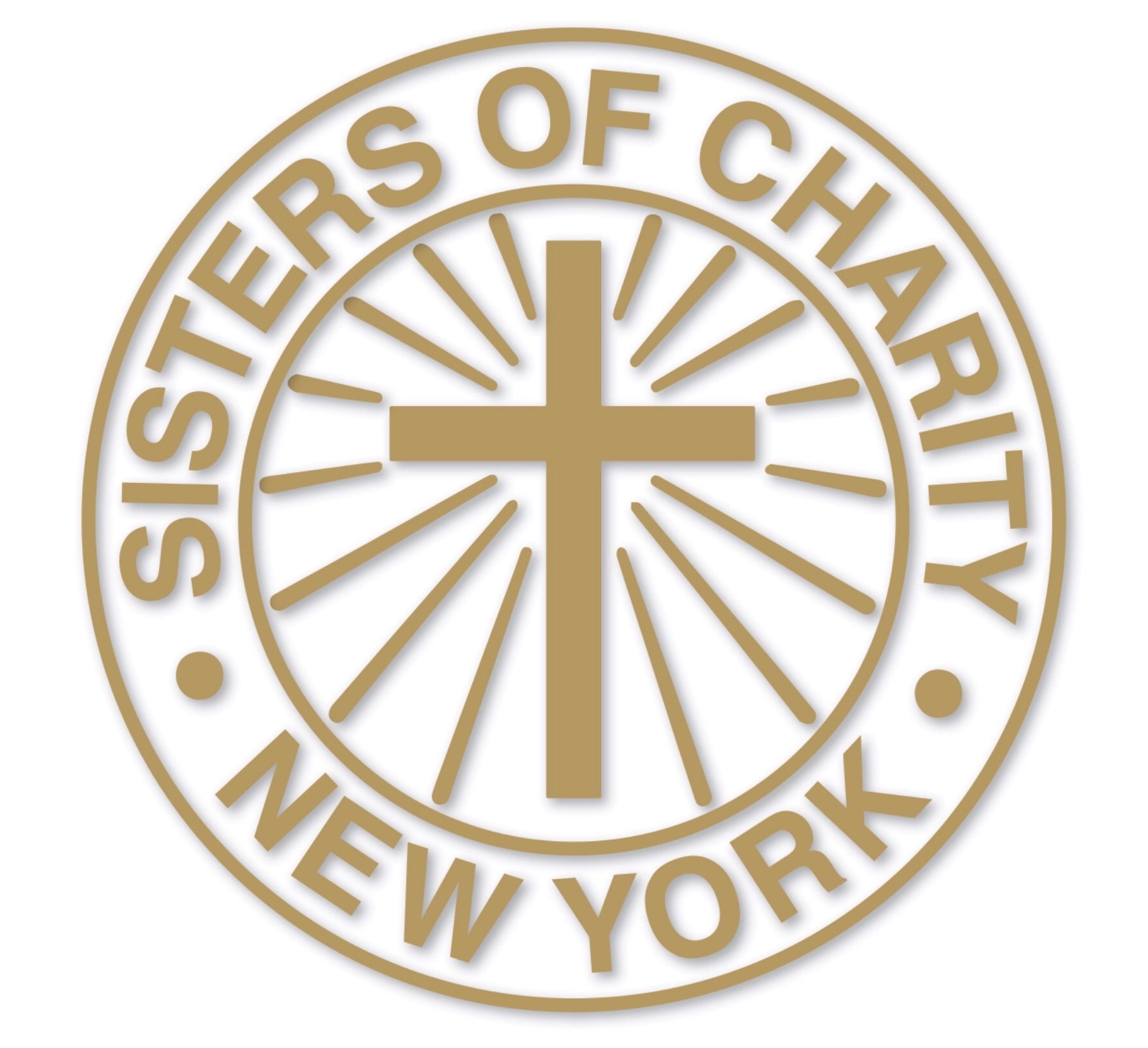
By Jean Flannelly, SC
Part One
Some might say there is a connection between Mount Saint Vincent Convent and COVID 19, but the particulars remain fuzzy. Let’s take a look at each part of the equation.
Mount Saint Vincent Convent is one of the Sisters of Charity retirement communities. Moving there signals retirement from full-time active ministry as the sister moves into later adulthood. This stage of the life cycle with its typical compan-ions of diminishing physical and psychic energies ushers in a new phase in living lives of love. At issue now under the new circumstances is, “How does one do this?”
Before taking up the question, a look at a prevalent attitude toward aging is required. At issue is the impact on how a person enters the aging process and how the contributions of the elderly are perceived. The United States, with its youth-oriented, death-denying culture, disvalues aging. It is seen as a condition to be avoided or at the very least covered up. Ads for clothing, cosmetics, etc., provide ample testimony to this!
Gifts in the Aging Process
It’s not uncommon to hear older adulthood negatively referred to as “a second childhood.” There is some truth when the spotlight is on increased dependency and numerous memory changes. However, when the spotlight shifts to a child’s approach to and interaction with the world around them, entering second childhood is full of possibilities.
Before they begin their formal education, little ones are filled with awe and wonder; their “why?” questions seem endless! Eagerness, trust, and naïveté are the norm. These attitudes continue through the early school years but are eventually replaced by demands for control and mastery. Of necessity, we educate children to become competent, contributing members of society, but the refreshing openness and simplicity of childhood is lost in the process.
Workshop
For close to a year now, SC Associate Cia Kessler and I have been offering an ongoing workshop at the Convent called “Writing as a Contemplative Tool.” Our experience is ample proof that the popular culture is very much mistaken about aging.
The sisters are using writing as a means of entering this positive “second childhood.” They regularly set aside time for writing and, in the process, discover unexpected treasures: deeper dimensions in their experience and their sense of them-selves. There is nothing extraordinary about writing, you might say. True, but the practice slows you down and fosters more significant attention to experience. The sisters practice John Dewey’s observation, “We do not learn from experience… we learn from reflecting on experience.
Every month the “writers” meet to explore how contemplation, as a unique kind of presence, opens the eyes of the heart to the Mystery that grounds us. A variety of resources from our Christian tradition help inform this workshop phase. However, much of the time is spent sharing what has been written. Not unexpectedly, a deep bonding has developed among the writers with a willingness to be vulnerable and listen deeply.
What then might be the connection between the Convent and the pandemic? To answer this, we need to look at the pandemic; what has been learned and the subsequent lockdowns.
Tune in next issue for Part Two
